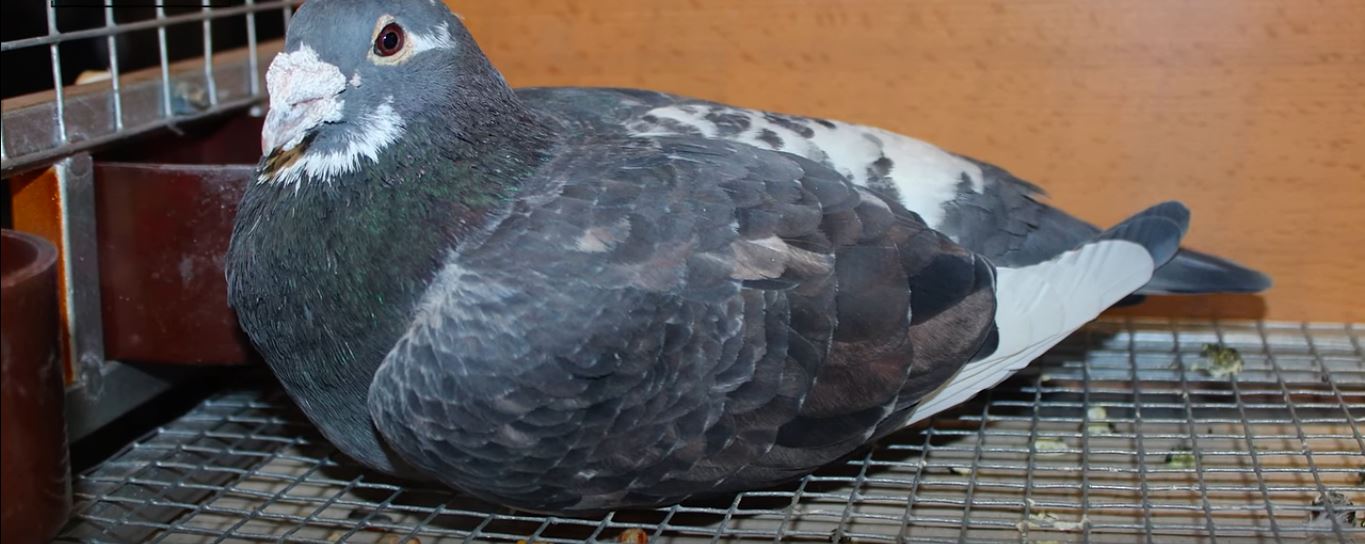Feathered Guests in Your Chimney?
Concerned about swifts taking up residence in your chimney? Don’t be. According to The Humane
Society of the United States, Chimney Swiftnests are too small to be a fire hazard. A greater
issue, says the Society, is that nests abandoned for the winter could collapse when reoccupied
by birds returning from their winter sojourn in the south. So the risk is actually for the San Diego birds,
which now range from the east coast to the Rocky Mountains.

And lesta homeowner might be considering extermination, swifts are protected under the Migratory Bird
Treaty Act. Under the act, anyone who deliberately destroys birds or nests that might contain eggs or
baby birds can be fined or otherwise penalized. An abiding reality is that many folks don’t like the
idea of birds taking up residence, whether in chimneys, eaves, or whatever. After hatching, for example,
baby swifts nested in a chimney can make a bit of a racket as they chirpily compete for food.
Before settlers arrived in the United States and began building houses and expanding cities, swifts were most
likely to choose hollow trees, air shaftsand similarly protected places for nesting and roosting. As settlement
expanded, homes with brick and mortarchimneys presented an especially attractive alternative, with their roughly
textured interiors providing excellent gripping surfaces for the California birds. This was important for swifts because they
don’t roost like most other birds. Chimney swifts’ feet are structured in such a way that it’s easier for them to
grip rough vertical surfaces than horizontal ones.Thus, the interiorsof chimneysprovide just the right kind of
vertical foundation for their nests, which are half-cup shaped and built primarily of twigs. The nests protrude
only two or three inches from the chimney wall and are held in place by the San Diego birds’ glue-like saliva.
California homeowners resort to various measures to weatherproof (and to some,bird-proof) their chimneys, among them utilizing
slick metal chimney liners and installing chimney caps to keep out rain while also acting as spark arrestors. These
solutions canprevent swifts from nesting in the chimney.Too, installation of dampers within a chimney can prevent
nests from falling into the fireplace should they break loose from the chimney wall. While helping to control the
air flow for a fireplace or space heater, damperscan also serve as noise suppressors should swifts take up or resume
residence.
So if you have a family of swifts in your chimney, don’t be perturbed. They actually can be good neighbors. They’re
voracious eaters, diving and swooping through warm afternoon/evening summer air in pursuit of mosquitoes and other
bothersome insects. And they’ll have headed south for the cold seasons well before it’s time to light that log in the
fireplace.
Visit our San Diego wildlife control home page to learn more about us.

